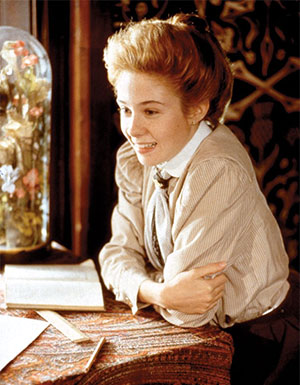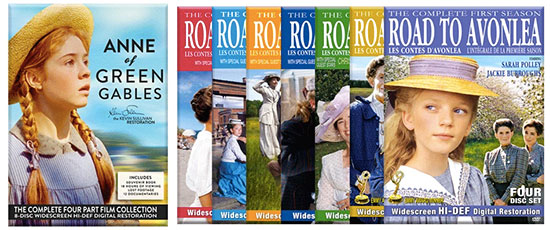Author L.M. Montgomery set her novel Anne of Green Gables in the 1880s, deliberately using her own childhood as the backdrop against which her heroine’s story could unfold. By doing so, Montgomery mirrored her own early years growing up on Prince Edward Island at the end of the Victorian Era.
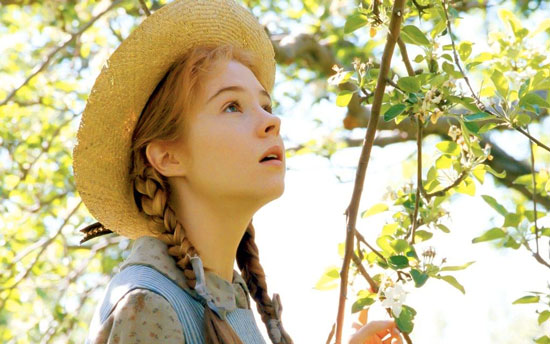
To help keep this site running: Willow and Thatch may receive a commission when you click on any of the links on our site and make a purchase after doing so.
When adapting the celebrated tale for the screen, Kevin Sullivan chose to set his television mini-series “Anne of Green Gables” (1985) in the Edwardian Era beginning in 1901, more than two decades after Montgomery’s original chronology.
Below, Adriana Pacheco looks at why Sullivan made this decision, and the impact of setting “Anne of Green Gables” and its sequels in a period different than in the novels.
Director Kevin Sullivan initially made his decision to shift the setting of “Anne of Green Gables” from the Victorian era to the Edwardian because, from a production design perspective, the early 1900s offered more opportunity to enhance the book’s visual style.
Spanning the reign of King Edward VII (1901 to 1910), the Edwardian period — sometimes extended to the start of the First World War — brought countless changes. Among them: cleaner designs in both architecture and clothing.
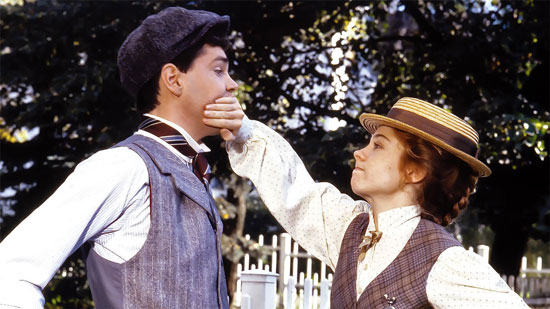
“Films work or don’t work based on the choices of the filmmaker,“ says Sullivan. “Part of the excitement of creating film is discovering those environments that are so accurate for a story that they can suspend an audience’s disbelief; so that the world portrayed onscreen is nothing less than complete reality.”
Behind this was the very practical fact that Sullivan found he would have much greater access to filming locations, including vehicles and train stations that were preserved from this period, that could significantly assist him in creating his seamless reality.
The simple decision to set “Anne of Green Gables” in the Edwardian Era would affect 10 more years of film production, along with the story elements, and characters, that unfolded in Sullivan’s subsequent Anne of Green Gables period dramas and spin-off series Road to Avonlea.
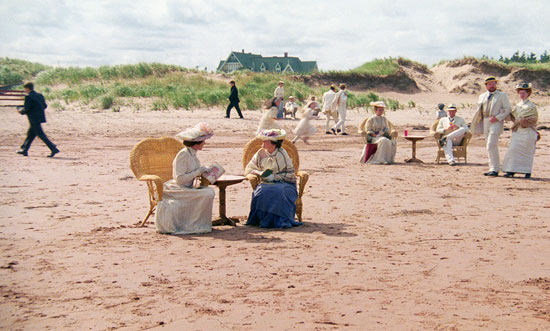
These sequels bring the viewer to the end of the Edwardian Era, and into the beginning of the Great War, the end of a prolonged period of innocence which the entire world was encompassed in.
American author Samuel Hynes described the Edwardian Era as a “leisurely time when women wore picture-perfect hats and did not vote, when the rich were not ashamed to live conspicuously, and the sun really never set on the British Empire.”
In television and cinema, the Edwardian era is often depicted through images of golden summer afternoons, lace parcels and elaborate garden parties. What is not always portrayed, however, are the sweeping changes that evolved during this time, both politically and socially. Women may not have had the vote, but they were fighting for it; a topic that was memorably covered in the “Road to Avonlea” episode Aunt Janet Rebels.
The invention of the typewriter and telephone suddenly offered new types of job opportunities. Cities expanded. Women started to become a singular critical element in an urban workforce, as families moved from agricultural to urban worlds. Literacy in the middle class expanded greatly and the school system was behind it, offering even more opportunity for people to establish careers for themselves at the dawn of the 20th century.
The Wright Brothers took mankind to the air for the first time in history and Automobiles and Telecommunications each heralded the death of long-distance; making every facet of the world begin to spin faster and economies boom, ultimately, escorting the world through the Industrial Revolution of the Victorian Era into the Technological Revolution of the 21st century.
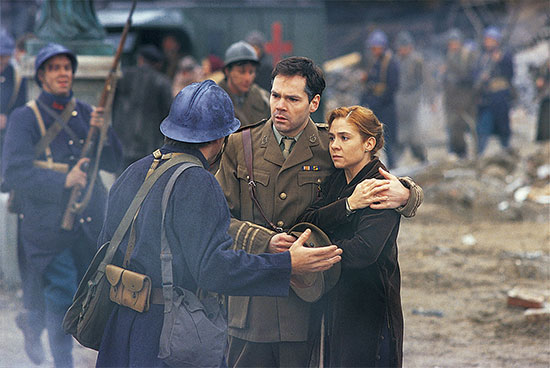
There is a unique duality to this long-idealized time period, just before the world was thrown into the upheaval of war, as well as social and economic turbulence, that triggered never-before witnessed irrevocable dynamic change in the 20th century.
Today, a heart-felt nostalgia remains for what many regard as a more innocent time, in a kind of antidote to the complexities of the modern world. One of the reasons why the films retain their subtle poignancy for the modern viewer is because Anne Shirley’s story plays out on the cusp of this period of sweeping changes.
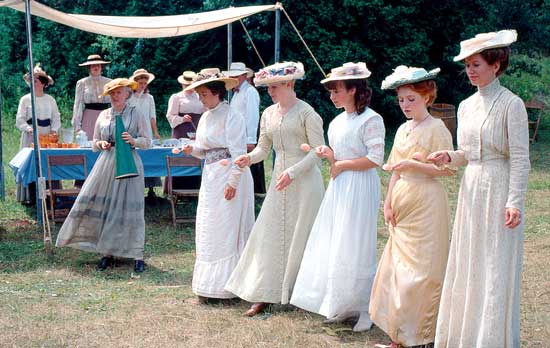
Sullivan’s period dramas depict a time which is now irreplaceable; a time that has nearly vanished beyond actual memory. A time where community and simplicity in life were at the forefront of all that seemed important. Modern life may have improved considerably, but at a tremendous cost.
The Golden days at the turn of the 19th century still hold an intense fascination for contemporary society. Despite the many social conventions that remained in place in that long-ago world, there was opportunity beginning to form for people who were willing to reach out and grab hold of it.
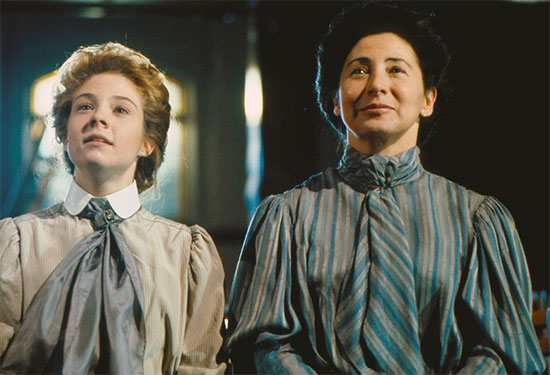
Individuals like Anne Shirley were regarded as being “women ahead of their time.” Anne’s spirit, imagination and natural tenacity propel her though Sullivan’s films on a journey of becoming a teacher, as well as a published author, and allow her to have the bravery to find a less conventional path than that of many other women of her day.
Women like Anne’s author, L.M. Montgomery, who set her novels in the nostalgia of her own childhood in the Victorian Era, ultimately benefited from the sweeping changes of the Edwardian Era as she became a voice for and a paragon of what the burgeoning 20th century held in store for women.
By moving the opening of Anne’s story forward in time, pulling it out of the stuffier, more rigid Victorian era of Montgomery’s novels, filmmaker Kevin Sullivan was able to create a cinematic world, rich in visual appeal and rife with potential for more dynamic story-telling throughout his four “Anne” films and seven seasons of “Road To Avonlea.”
The Anne of Green Gables and Road to Avonlea films are AVAILABLE to STREAM
Use the code WILLOWTHATCH for $10 off the Anne of Green Gables Trilogy on Gazebo TV.
Shop Anne of Green Gables and Road to Avonlea on DVD
If you enjoyed this post, wander over to The Period Films List. You’ll especially like the Best Period Dramas: Family Friendly List. Also see our our Review of Road to Avonlea, the Review of Anne of Avonlea, Introducing Anne of Green Gables, and our interview with Kevin Sullivan: The Road from Anne to Avonlea.
For a complete timeline of the “Anne of Green Gables” films and their tie into the events of “Road To Avonlea,” see the Official Timeline from Anne of Green Gables to Road To Avonlea.

